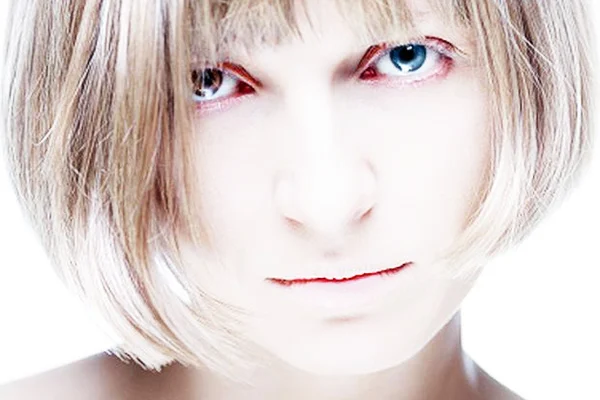Paleness, also called pallor medically, is a condition, in which the skin color becomes pale. It is commonly associated with anemia due to low red blood cell count. A person with pallor often has low energy level and usually gets tired fast; thus, it may affect his activities of daily living The following are the causes, signs and symptoms, and home remedies for paleness of pallor.
Causes
Paleness has a number of causes and those are not limited to medical conditions or illnesses. According to Health Hype, a person may become pale when exposed to low environmental temperature due to constriction or narrowing of small skin arteries, when they keep their arms or legs above heart level because the hart cannot pump blood efficiently to the limbs secondary to gravity, reduced blood sugar levels or body fluids related to skipping meals, and fear or physical activity, in which the blood is directed from the skin to the muscle arteries. Certain disorders that may cause sudden paleness all over the body include orthostatic hypotension, stomach upset, dehydration, acute infection, fainting or vasovagal syncope, motion sickness, allergy to drugs, dumping syndrome or fast stomach emptying, migraine, heat stroke, hypothermia, heart failure, hypoglycemia or low blood sugar, hypothermia, shock, drug overdose, chemical poisoning, and death.
Signs and Symptoms
Paleness usually presents a lighter skin tone as compared to the usual body skin tone. According to New York Times, general paleness affects the whole body and it is usually seen on the face, conjunctiva or eye lining, inner mouth, and nails. Then, local paleness usually affects a single extremity. As per the publication, skin paleness accompanied by pale lips, tongue, palms, oral mucosa, and eye lining may not be serious and does not necessitate treatment.
Home Remedies
Paleness is usually managed with a balance diet, along with nutrients iron, folate, or vitamin B12 supplements, since they are responsible for blood production and transport. Some medications may also be prescribed to manage existing medical conditions. Then, severe cases of acute blood loss or arterial obstruction may require surgery. Nonetheless, the following are some remedies for paleness or pallor.
Milk
One remedy for paleness is milk. According to Boldsky, milk is rich in calcium, which stimulates the melanocytes; melanocytes are cells that produce melanin, a pigment responsible for the brown skin color. As per the publication, the person may apply milk on the skin, since it retains moisture in the skin. Otherwise, the skin will appear paler.
Honey and Sugar
Another remedy for pallor is a mixture of honey and sugar. According to Beauty Health Tips, they exfoliate dull skin, which reveals a brighter-looking skin layer. The person just mixes honey and sugar and applies the preparation evenly all over the face and neck. The application is in a massaging motion to help get rid of dead skin cells. Then, the face is rinsed with water. The remedy is applied once a week.
Deworming
Deworming should be considered if a child is pale. One of the health programs for children is to detect anemia related parasitic infestation and pallor is one of the identifying signs and symptoms. According to Tandurust, deworming medicines are given to children with history of passing parasitic worms in stools. Some pediatricians do not recommend administration or intake of deworming medications if the child has cough, colds, fever, diarrhea, and vomiting; these symptoms should resolve first before giving a deworming dose, which is usually once.
Paleness is characterized by a lighter or blanched skin tone than normal and it may signal a hematologic or cardiovascular disorder. Associated with fatigue and activity intolerance, pallor may also affect a person’s daily activities.
